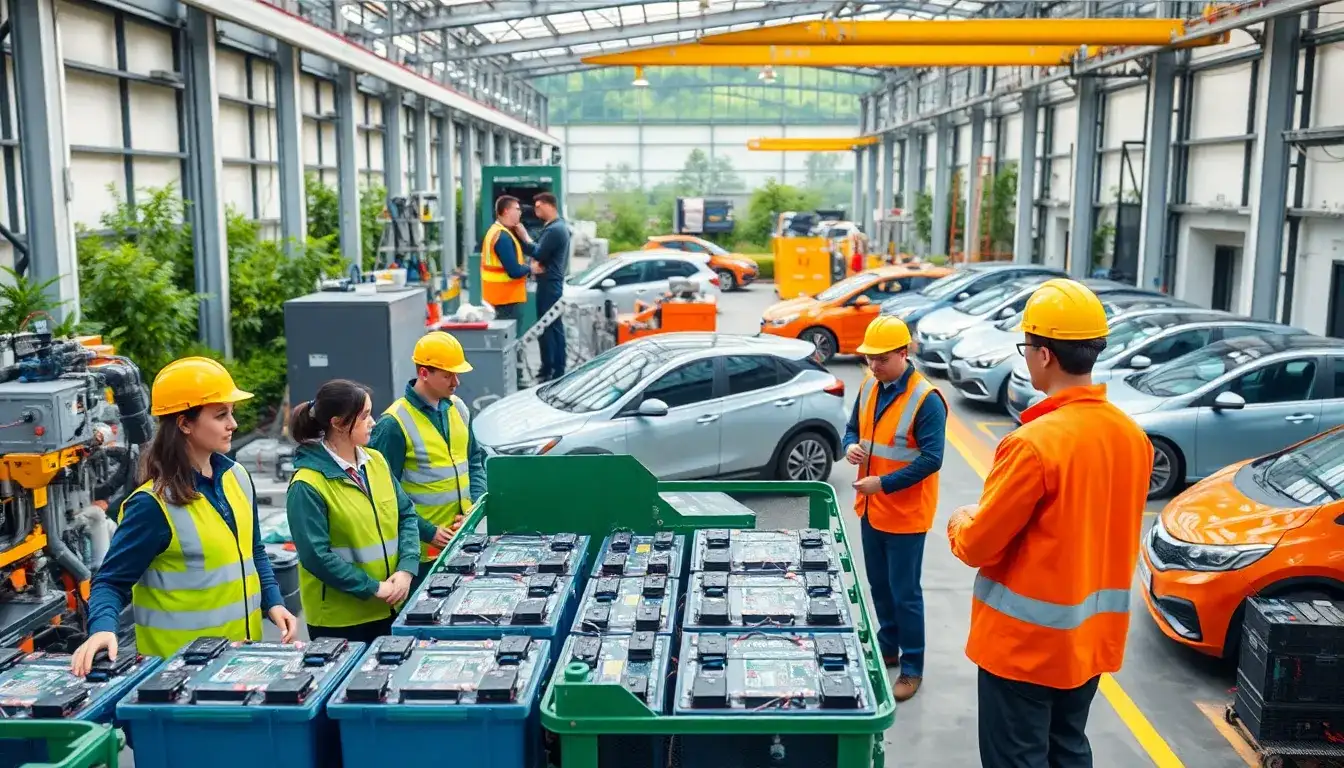
Electric Vehicle Battery Recycling: How is the Market Evolving? As a leading player in the industry, I can share some insights:
With the growing popularity of electric vehicles (EVs), the demand for battery recycling is increasing significantly. After three working days post-release of a recycling program, we see a rise in the supply chain for electric vehicle batteries. This is further supported by improved production capabilities, which allow for efficient and effective recycling processes. To understand the dynamics of this market, we should consider the data provided by the relevant authorities.
According to recent statistics, by 2023, China’s automotive industry had surged to unprecedented heights, with production numbers reaching over 3 million vehicles in the previous year. With this rapid growth, the market for new energy vehicles, especially electric vehicles, has shown a remarkable increase of 31.6% year-on-year.
Looking ahead to 2024, it is projected that the annual production of new energy vehicles in China will exceed 10 million. This figure points to an even more significant shift in the automotive landscape as electric vehicles become mainstream.
However, there are challenges to address, particularly concerning the recycling of batteries. The recycling rate for electric vehicle batteries remains a critical topic, as the industry grapples with the environmental impact and the need for sustainable practices. According to industry forecasts, by 2025, the recycling capacity of lithium-ion batteries in China is expected to reach 104 million units, and by 2030, this capacity could soar to 350 million units.
Despite this optimistic outlook, the industry must tackle the issue of battery recovery rates. Experts emphasize that without effective recycling practices, the sustainability of electric vehicle production could be hindered. The Chinese government has set ambitious targets, aiming for a circular economy where battery reuse and recycling are integral to the production process.
In Germany, a similar initiative called the National Circular Economy Plan has been implemented to enhance the recycling of batteries. The objective is to achieve a 13% usage rate by 2030, with the aim of bolstering the transition to a circular economy within the automotive sector.
As the industry evolves, it is essential to understand the significance of battery recycling in the broader context of electric vehicle production. The ultimate goal is to create a sustainable ecosystem that supports both manufacturers and consumers while minimizing environmental impact.
In conclusion, the electric vehicle battery recycling market is at a pivotal juncture. Stakeholders must collaborate to ensure that all processes align with environmental standards and contribute to the overall sustainability of the automotive industry. The insights shared here highlight the critical need for innovation and regulatory frameworks that promote effective recycling practices.







